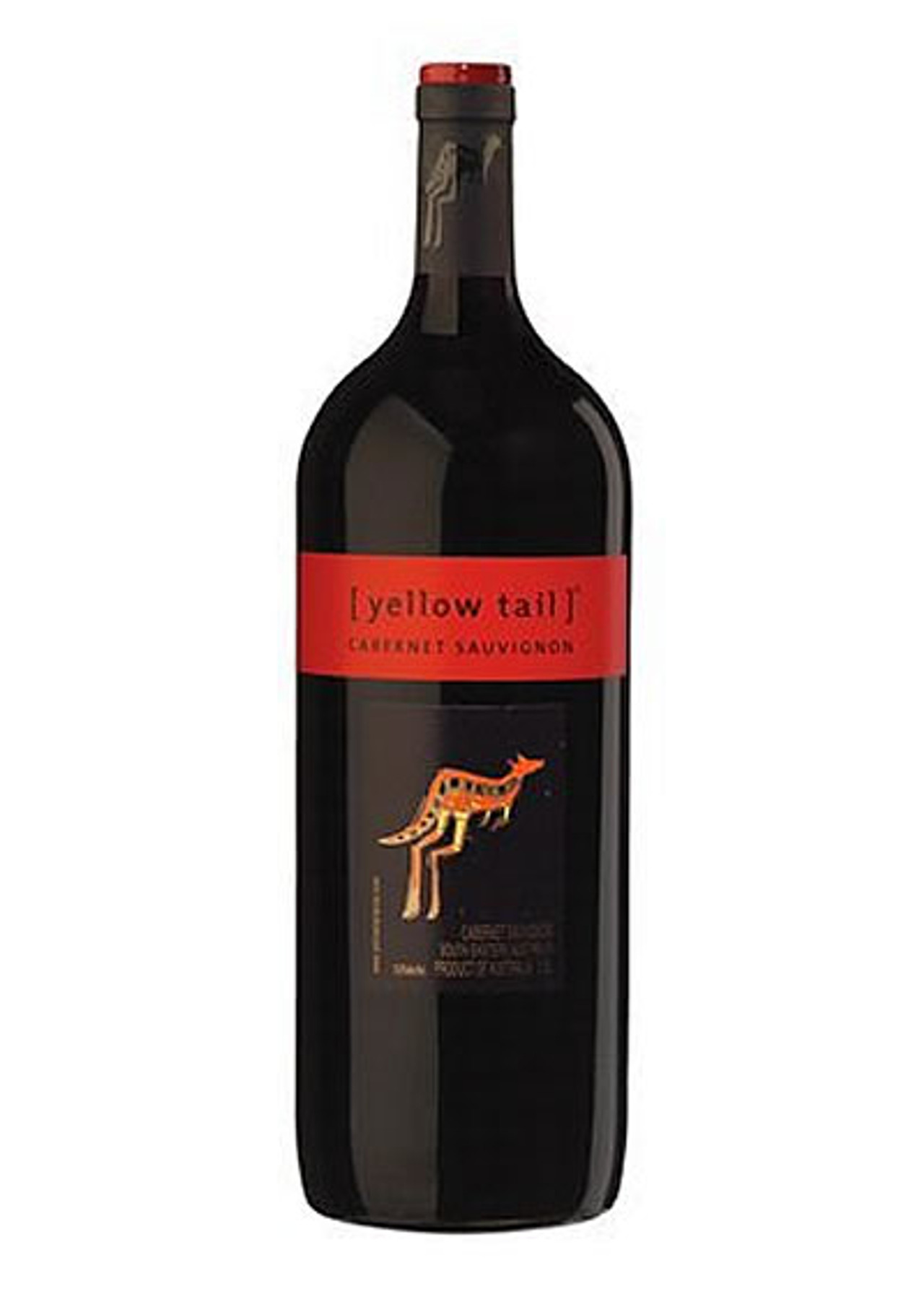
These closed areas help prevent bycatch of overfished rockfish.

Rockfish conservation areas eliminate fishing in areas on the West Coast where overfished rockfish species co-occur with target stocks, like canary rockfish.Gear restrictions, closed areas, and catch share programs limit when, where, and how much trawl fishermen can harvest to reduce bycatch of other species.Midwater and bottom trawls may sometimes catch other species of fish, including overfished and protected species.To a lesser extent, harvested with bottom trawl gear. Primarily harvested with midwater trawl gear, which has minimal impacts on ocean bottom habitats.Gear types, habitat impacts, and bycatch:.In 2021, commercial landings of yellowtail rockfish totaled 6 million pounds and were valued at $1.4 million, according to the NOAA Fisheries commercial fishing landings database. The majority of landings are in Oregon and Washington.These changes were possible because of improvements observed in other stocks that had previously constrained the harvest of fish like yellowtail rockfish due to low population levels.

The recent harvest rule changes to the catch share program will allow increased catches of underutilized species, such as yellowtail and chilipepper rockfish, lingcod, and Pacific cod. Yellowtail rockfish have been underutilized.Provisions that allow fishermen to decide how and when to catch their share.Catch limits based on the population status of each fish stock and divided into shares that are allocated to individual fishermen or groups.A trawl rationalization catch share program that includes:.Gear restrictions help reduce bycatch and impacts on habitat.Certain seasons and areas are closed to fishing.Limit on how much may be harvested in one fishing trip.Permits and limited entry to the fishery.Managed under the Pacific Coast Groundfish Fishery Management Plan:.



 0 kommentar(er)
0 kommentar(er)
